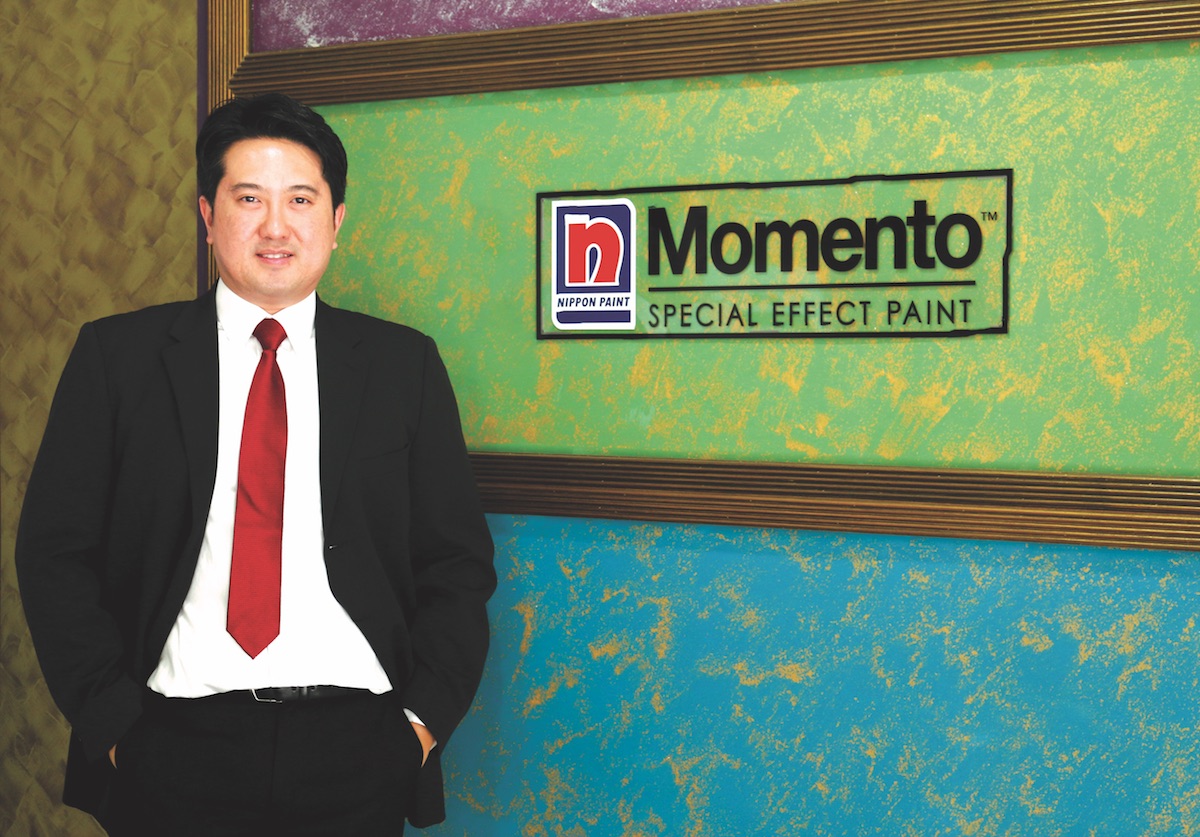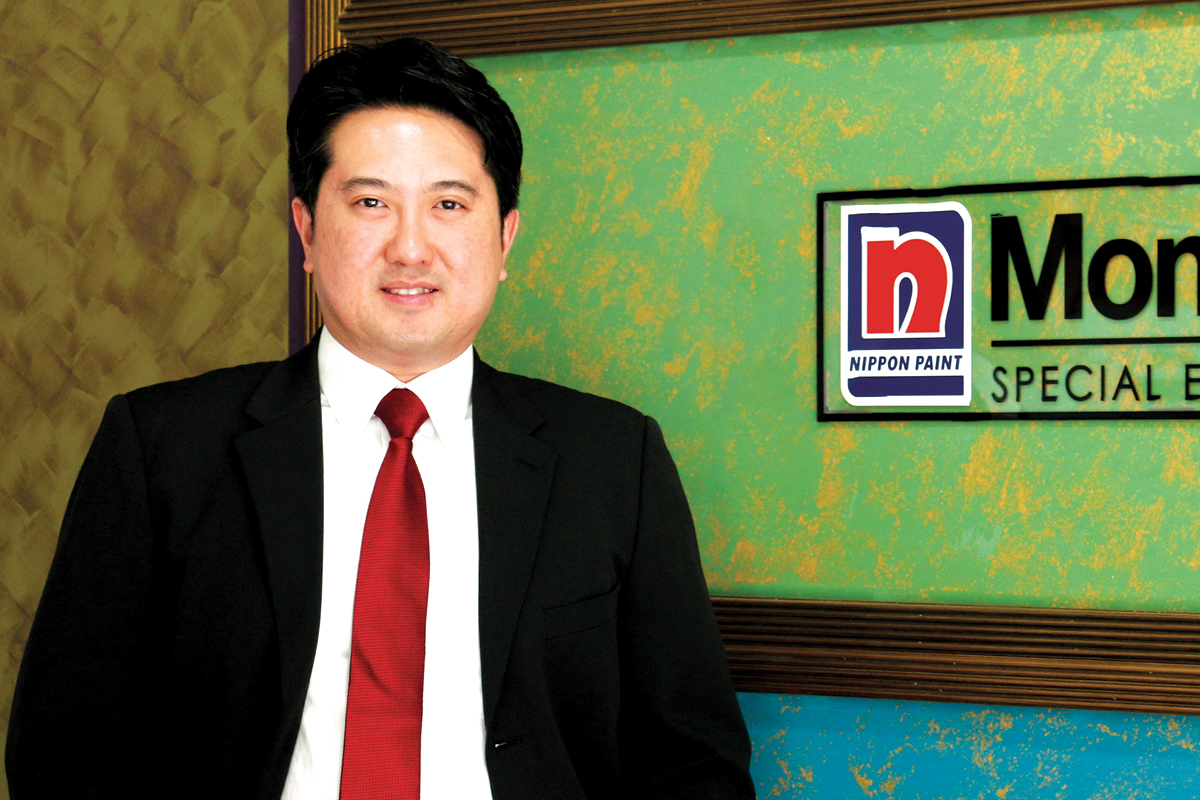The people of Indonesia love colour. This realisation presented an opportunity to innovate that Jon Tan couldn’t refuse. Over the course of a decade, the CEO of Nipsea Paint and Chemicals spearheaded a shift from ready-mixed colour paints to tintable paints, deploying more than 2,000 tinting machines throughout Indonesia.
As he explains: “Before the advent of tinting machines, the availability of colours was limited. Then, when tintable paints arrived on the scene, they gained the reputation of being inconsistent and inaccurate in colour because of poor quality control. We changed this by introducing top-notch Japanese quality-control standards and reassuring the market with a 100% colour accuracy and consistency guarantee.”
Nipsea Paint and Chemicals remains the only company in the country to offer such a guarantee, despite not owning any retail shops. Its efforts to address the concerns of the Indonesian market have paid off, propelling it into the top three in the premium architectural paint business segment. “Tintable paints now form 25% of our total business and it’s still growing at a very healthy rate,” Jon says.
Jon Tan sees more room to innovate
Jon was born in Singapore and studied science and engineering at California’s Stanford University under a Singapore Government scholarship. He became an assistant director at the Singapore Ministry of Trade and Industry dealing with e-government initiatives before moving to the Ministry of Finance, where he headed the International Relations Unit. He tells The CEO Magazine that he still sees plenty more room to innovate in the paint and chemicals industry.

There is a lot of room for a company that is passionate about exploring opportunities and fresh ways to add value.
“It has traditionally been a neglected sector, which has resulted in a paucity of talent,” he explains. “This has meant there is a lot of room for a company that is passionate about exploring opportunities and fresh ways to add value. In particular, the digitisation drive is giving rise to many technologies that we can use in our industry, and we are seizing the opportunity to re-engineer our business processes to harness these developments.”
Nipsea Paint and Chemicals draws on new technology
Nipsea Paint and Chemicals is also drawing on technology to develop, in conjunction with its partners, better painting tools to improve the efficiency and skill of painters. “As a result of our group efforts, we have developed better paint brushes and rollers, and even sanding tools to cut down the time needed to sand down a wall before painting.”
Moving forward, Jon says, the company will also develop a new paint-accessories business segment to complement its paint and coatings business. When Nipsea Paint and Chemicals came under management of parent company Nippon Paint’s Malaysia Group in 2014, the impact was positive in more ways than one. “A lot of management know-how was passed down to us,” says Jon.
“We moved to SAP using Malaysia’s blueprint, which allowed us to avoid the mistakes that most companies experience when they deploy such a complex system. In addition, we benefited from its R&D, marketing expertise, and Group level purchasing best practices.”
A shift in culture
The business has undergone a cultural change under Jon’s leadership as well. One of his proudest achievements since taking the reins at Nipsea Paint and Chemicals is how he has empowered his staff to be independent thinkers and provide solutions. As he explains, Indonesians will always defer to their superiors and rarely risk sharing their views openly.
“This has made organisations very dependent on their leaders, which is unhealthy,” says Jon. To help shift this culture, he has adopted an open-door policy so that everyone can have direct access to him via phone, email, WhatsApp messaging, or simply by walking into his office.
Furthermore, he says, “I provide clear strategic direction but always leave the day-to-day decisions to the frontline managers. All staff are empowered to do what they think is right and best for the company.” It’s a cultural change that has had an energising effect on the company. “A general sense of enthusiasm and passion permeates the workplace,” Jon continues. “In the past, staff were always uncontactable on weekends. Today, staff actually press bosses for answers and follow-up on weekends and after office hours.”



